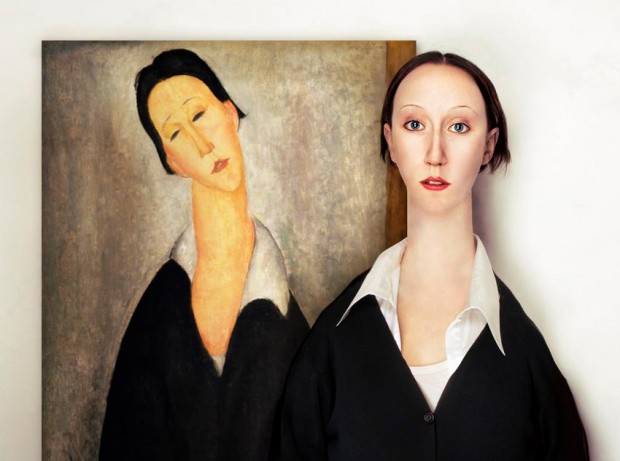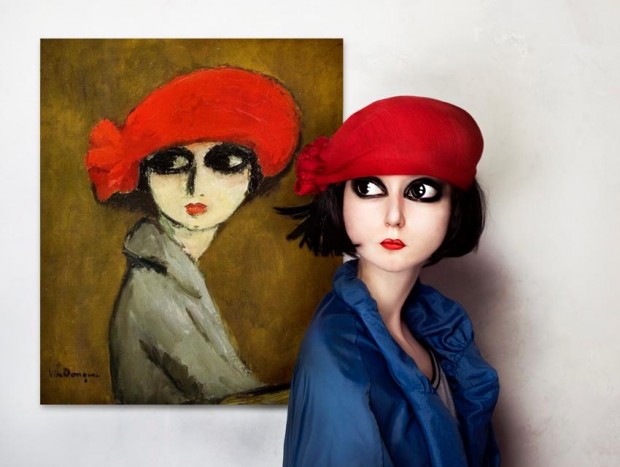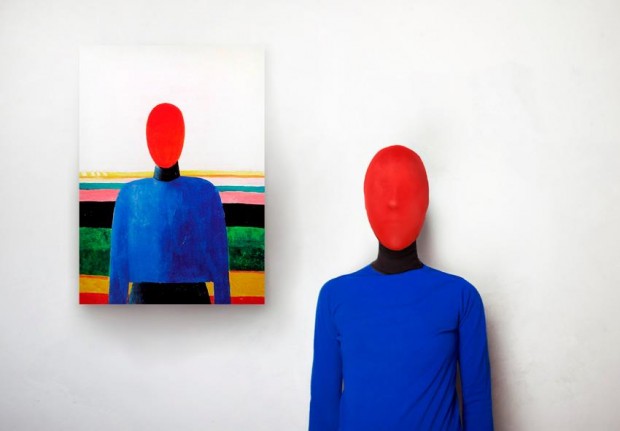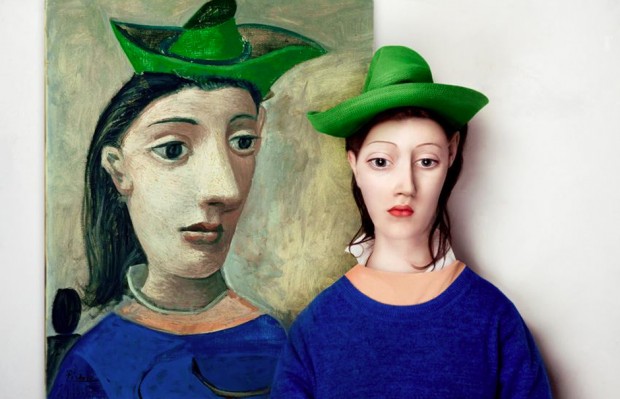Surreal art of Camibus
Transylvanian artist Camibus is a visual artist that explores the aesthetic of the human figure, using surreal elements to depict psychological and philosophical themes.
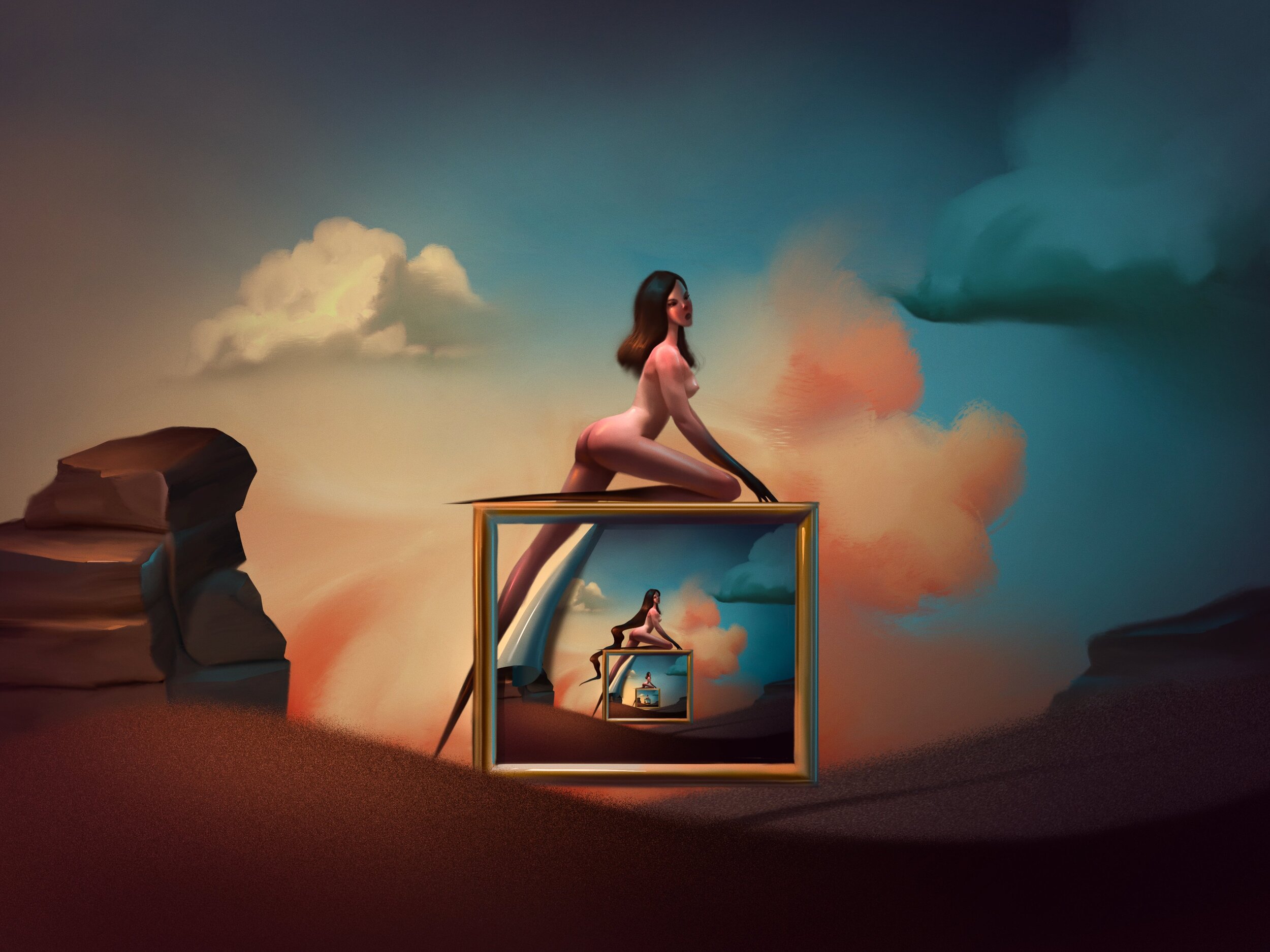
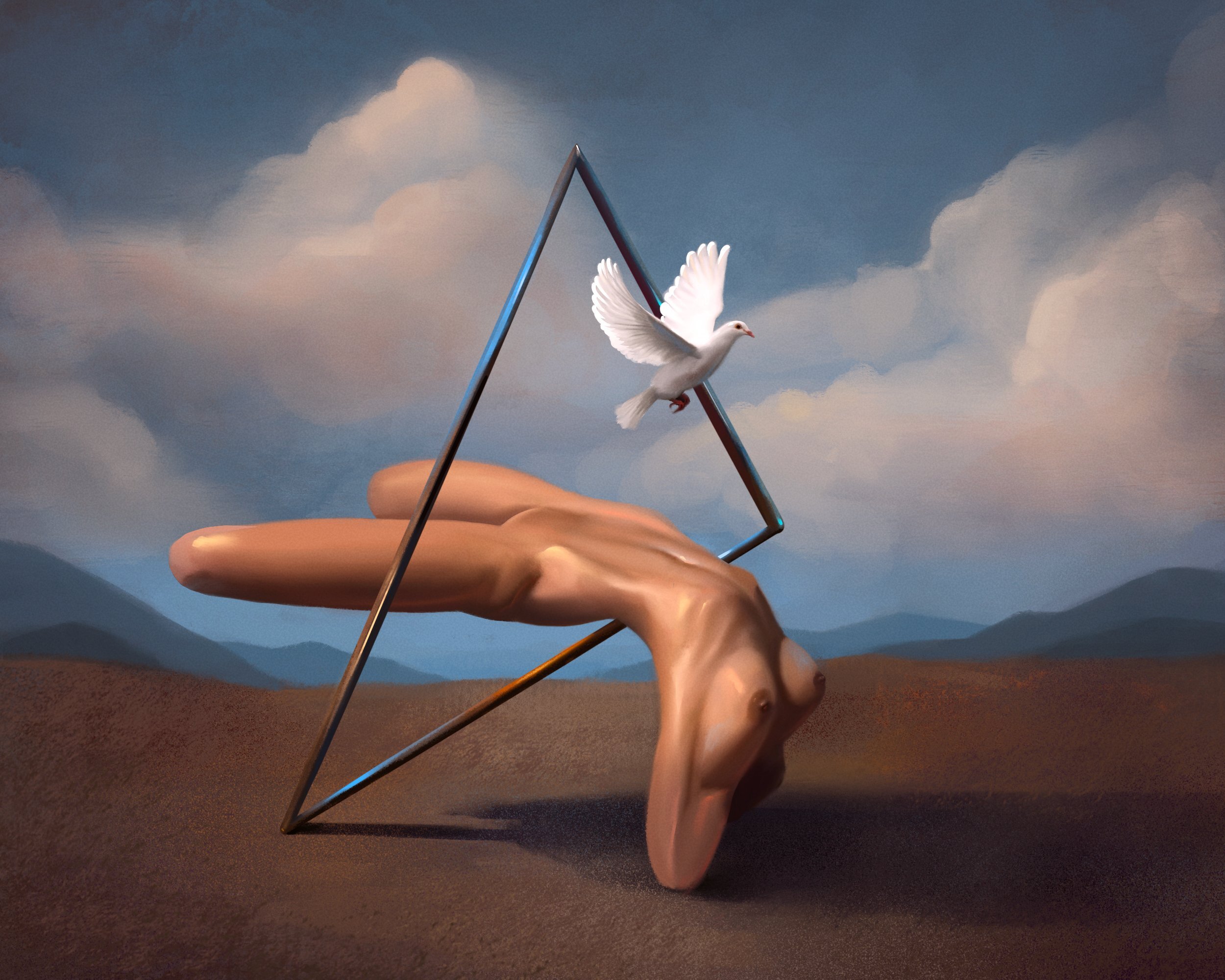
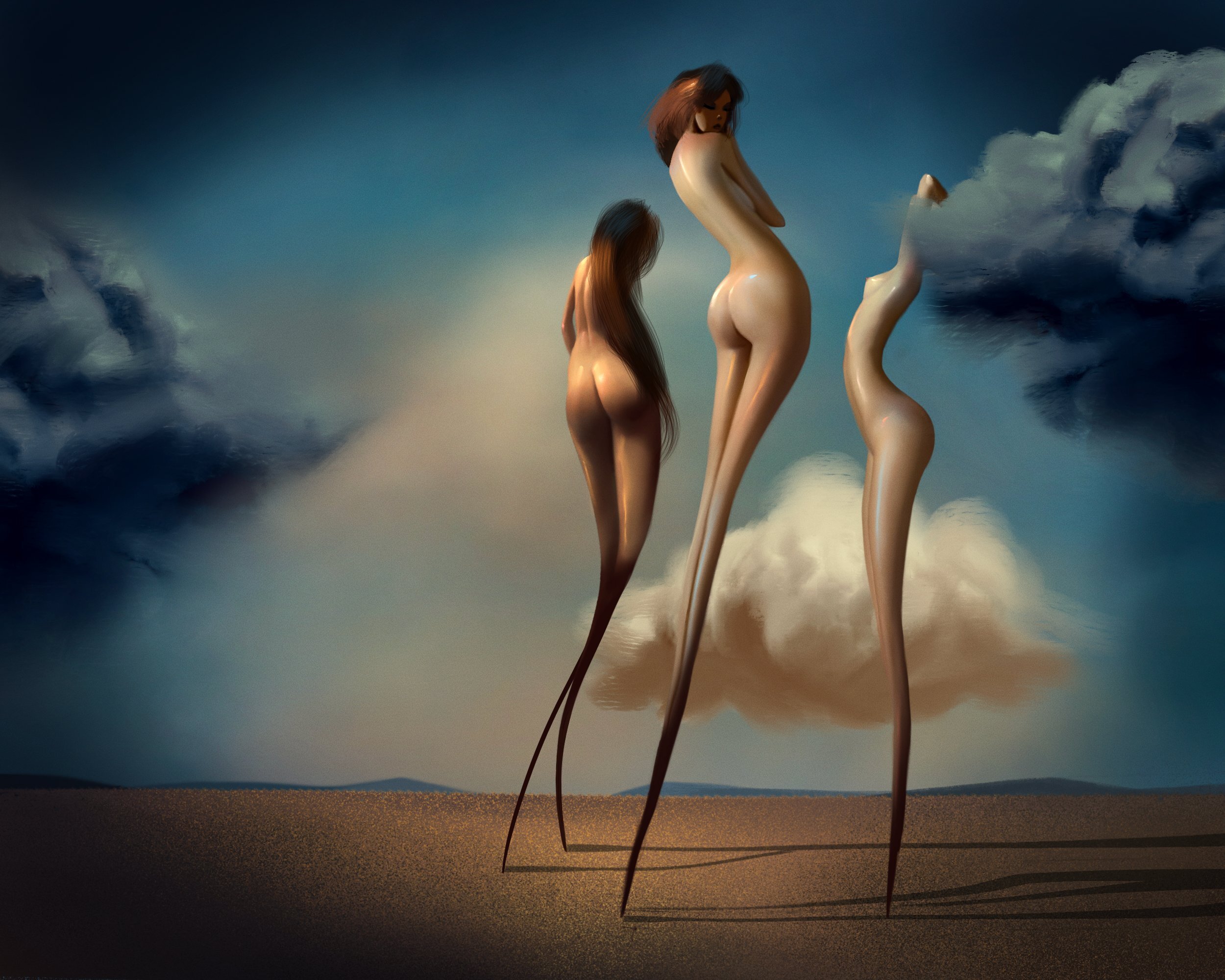
Transylvanian artist Camibus is a visual artist that explores the aesthetic of the human figure, using surreal elements to depict psychological and philosophical themes.

Budapest-based artist and designer Miklós Kiss aka @kissmiklos shares his latest public art affair “emograms” he presented as a part of solo exhibition at Lotte Gallery, Incheon, South Korea, 2020

The exhibition consists of two parts. The first space is built around emograms and the installation Ball.Room. The second displays a new installation called, LOVE field, and a typography-based sculpture.
Miklós Kiss’s works incorporate various facets of architecture, fine art, design, and graphic design. A strong artistic approach and outstanding aesthetic quality characterise his art. His fine art pieces are just as significant as his distinctive style in corporate identity and graphic designs.
These giant badges are based on the first Smiley, which was originally a badge itself. The „smiley“ was born in 1963 when Harvey R. Ball, owner of an advertising agency in the USA, came up with the idea to use it to lift the mood of the workers of a recently merged insurance company.

Check his 2nd part of exhibition called “LOVE” on Behance

Budapest-based graphic designer Tamás Birinyi challenged himself to create Deep Noise portraits of leading music artists: EPROM, Flume, Takami Nakamoto, Alex Banks and Jon Hopkins. He later ran an exhibition with a proper deep noise music which inspired the cause.


Hungarian graphic designer Dániel Taylor (resident of Digital Decade 5) playfully merges double exposure with collages and illustration. His designs take you on a trip through time and space, into the depths of forests and the realms of our galaxy in search of natural beauty.


It's not a first time we review the ultra talented art photographer Flora Borsi but it worth to explore her recent artworks she created in the past year

Ellis Island, in Upper New York Bay, was the gateway for over 12 million immigrants to the United States as the nation's busiest immigrant inspection station for over sixty years from 1892 until 1954. Photographer Flora Borsi was shocked by the fact about 3500 people lost their lifes on Island while waiting and hoping for an opportunity for a new life. So she created a project "The Forgotten Dream" to remember all that hopes and fears
“I would like to draw attention to the Immigrants who wanted to live a better life in America. I tried to connect past and present with visualising these people in today’s environment. Black and white images from the previous century are often forgotten, so I colorised them and retouched the damages to make more connected to the present. The images are fictional, many people couldn’t ever get into Manhattan or live in America.
Migration is an ongoing situation and the story of Ellis Island is still relevant nowadays.
This is not history. This is today.”

London-based photographer Marietta Varga creates renaissance scenes from a modern routine relationship

Hungarian photographer Milán Rácmolnár captures the beauty of eternal city Rome by using infrared camera. The result is a photographic series of “a somewhat peculiar look”, as he describes it, which penetrates the city’s postcard-pretty appearance to expose, not unlike the proverbial rose-tinted glasses, its timeless, lambent aura.

Krisztiàn Tejfel is a Hungarian painter and photographer. He mostly paints women's portrait, often leaving his creations with the look of a "work unfinished". He is educated in traditional painting and began exploring digital painting a few years ago. His female portraits are characterised by their melancholic look with a pinch of surrealism.

Following the last year success of illustrated by Malika Favre the best films posters, BAFTA (British Oscar) commissioned another artist this year to complete the full set of 2016 selection.As Levente Szabó says "there were still a dozen of candidates in December but we already had to start developing the series' visual identity as the final nominees were announced only at 9th of January and we had roughly two weeks to finish them.

Budapest digital artist Dàniel Taylor famous for his double-exposure artworks, caught our eyes by revealing a series of inversive post-digital portraits dipped in a space sky.

daniel-taylor-1

daniel-taylor-2

daniel-taylor-3

daniel-taylor-4

daniel-taylor-5

daniel-taylor-6

daniel-taylor-7

daniel-taylor-8
"A series of symmetrical buildings on the banks of the River Danube by Budapest-based photographer Zsolt Hlinka. The images emphasize the uniform proportions of each structure by removing their surroundings and placing them in homogeneous, monochromatic backgrounds."via

Hlinka Photo

Hlinka Photo

Hlinka Photo

Hlinka Photo

Hlinka Photo

Hlinka Photo

Hlinka Photo
Art has no time limit, and even after creator death it continues amaze and mesmerise. That what we can expect from the works of Istvan (known as Etienne) Sandorfi (1948-2007) who was a Hungarian hyperrealist painter.

istvan-sandorfi-1

istvan-sandorfi-2

istvan-sandorfi-3

istvan-sandorfi-4

istvan-sandorfi-5

TANDEM 8
This bookstore is located in Cărtureşti Carusel, Bucharest in a XIX century piece of architectural art in the Old Town. Of all the possible uses for beautiful old buildings, a bookstore is the most elegant and atmospheric. It looks like the library of some eccentric explorer lord or a Bond villain.
In the 1900s, the place housed Chrissovelloni bank, which closed down in 1948. It then became a men’s clothing store, was converted into another store during the Soviet years, and was finally restored by Jean Chrissovelloni (a great grandson of the XIX century banker). He leased the building out to Carturesci, a chain of bookstores. It is their biggest and most ambitious store yet.
via Demilked
More on Romania Insider
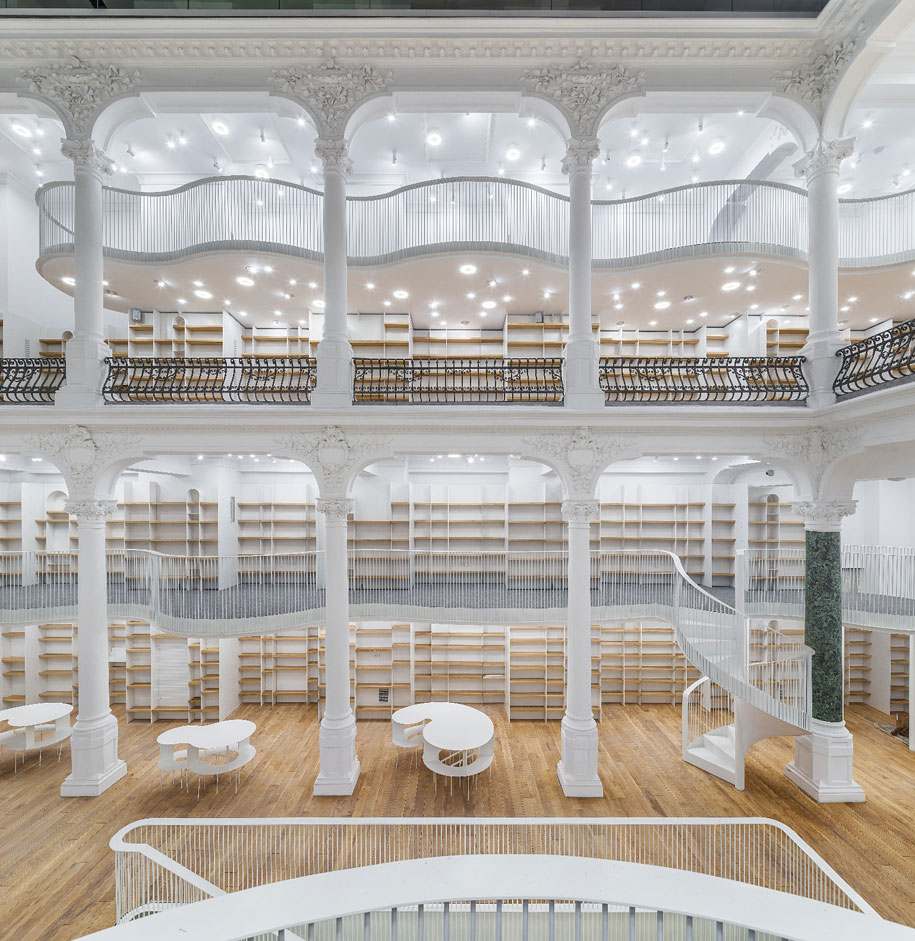
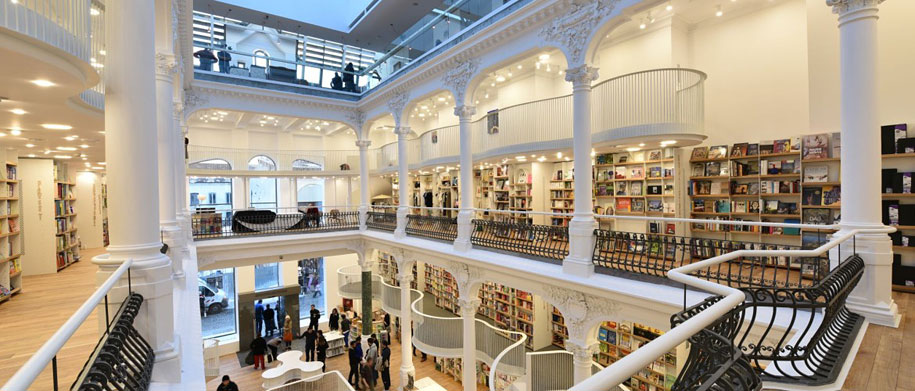
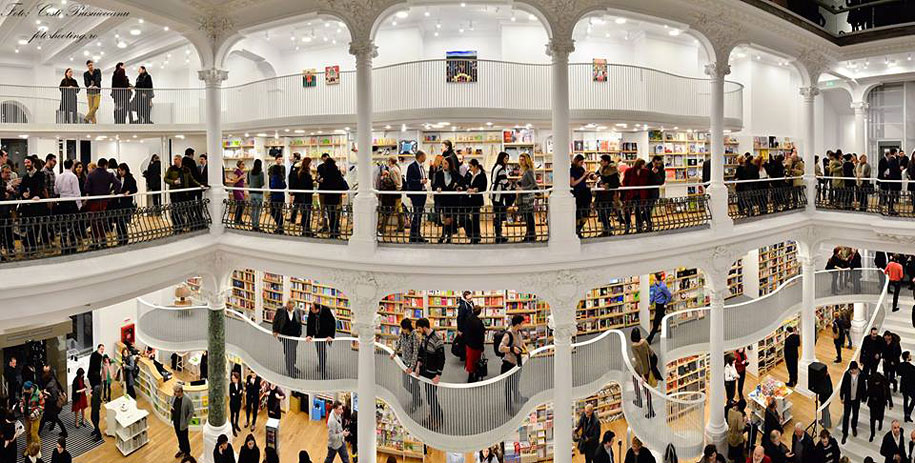
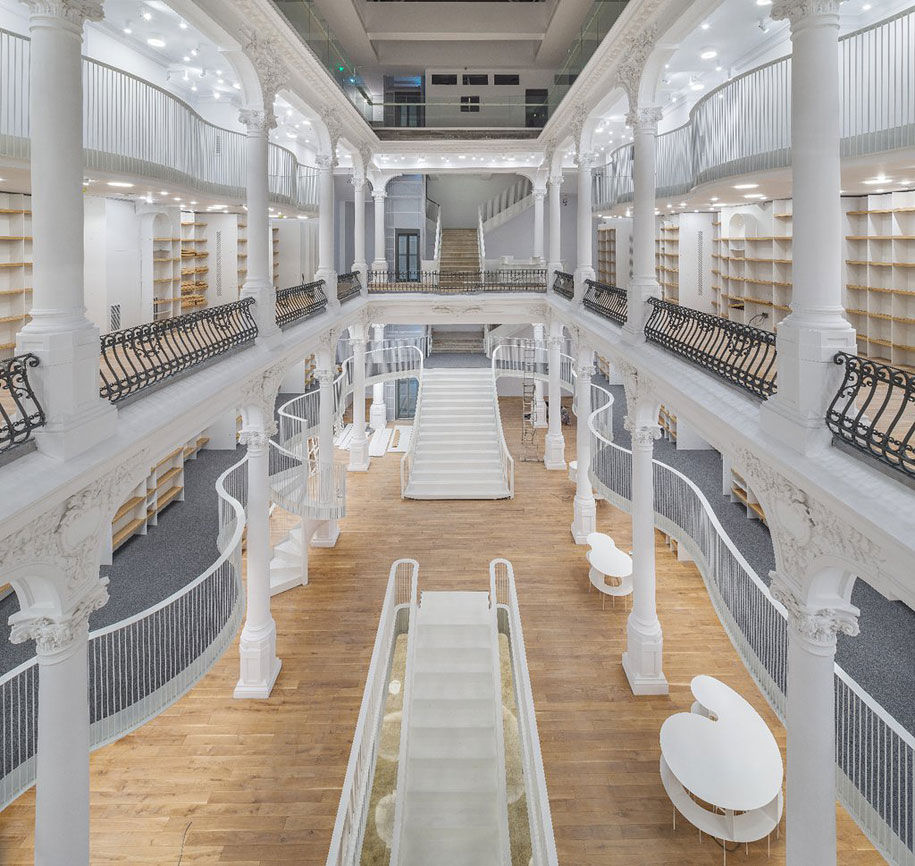
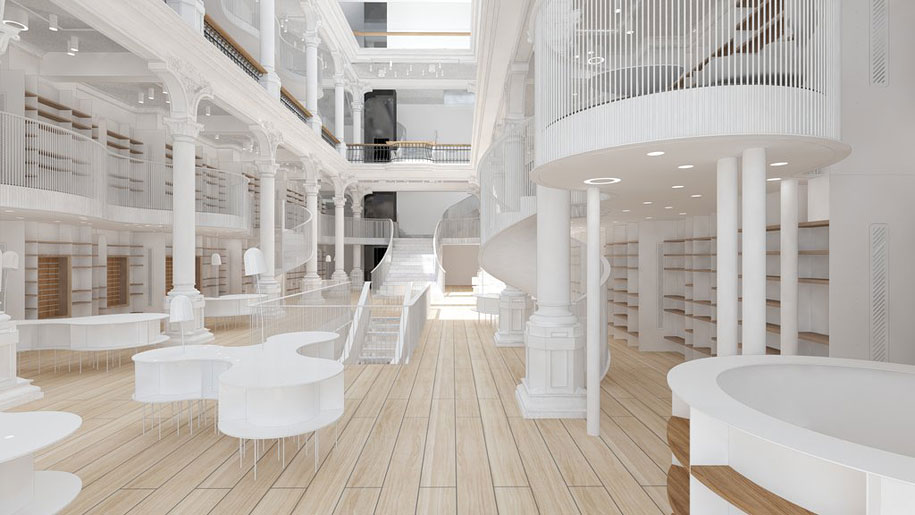
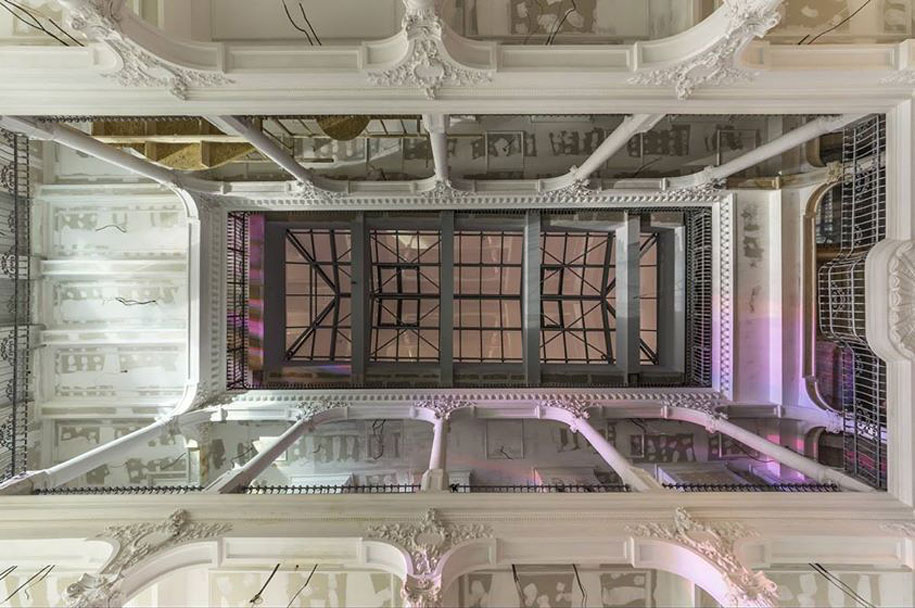
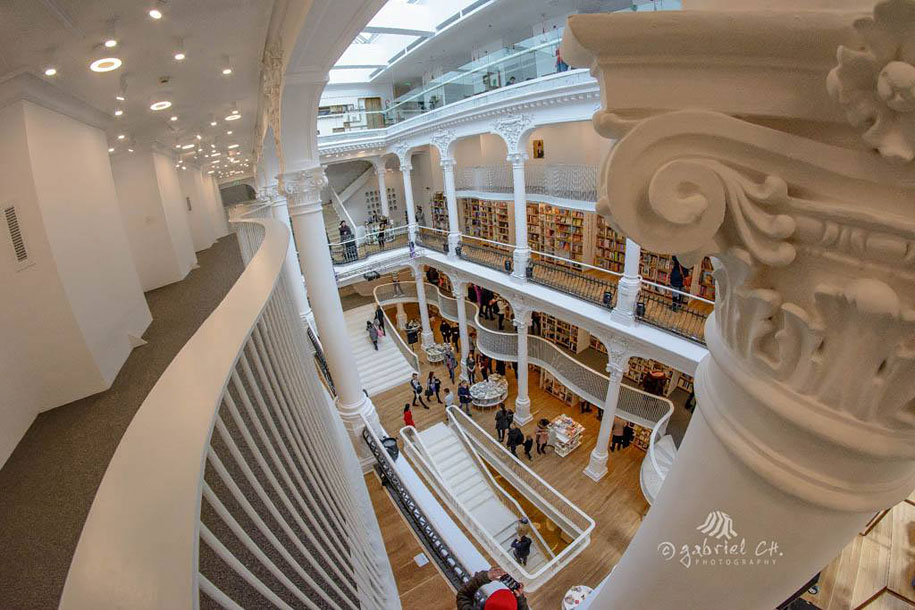
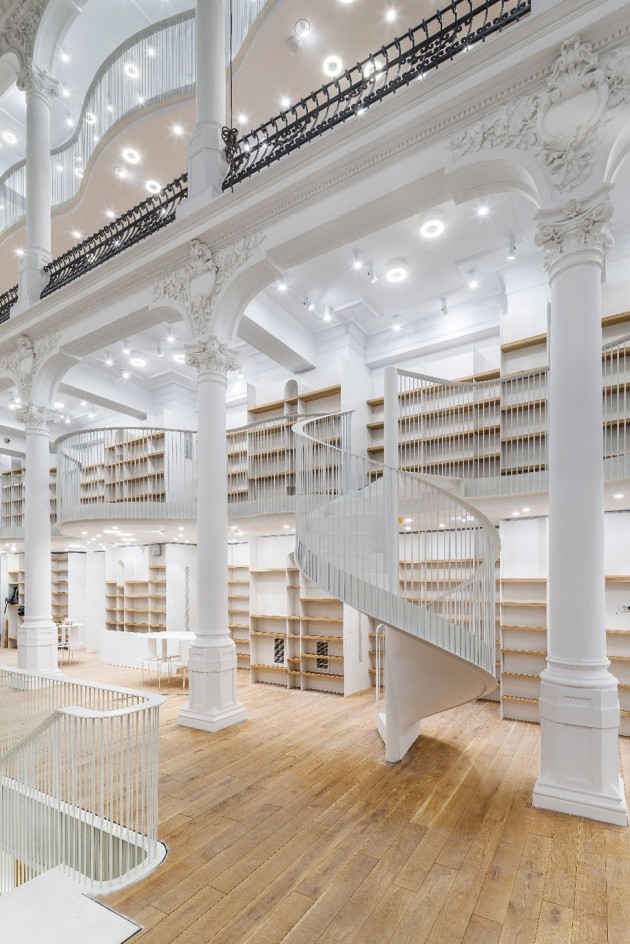
Áron Filkey is a Hungarian graphic designer specializing in hand-made and analogue solutions of graphic works. Check his clever graphic designs on aronfilkey.com
Hungarian photographer and graphic designer Flora Borsi has recently launched her new series called "IRÉEL", featuring mix of photographic elements with painting techniques. Last photo below is a behind the scene frame to see how she produced the final work.
A hyperrealist painter aims to achieve a result which looks like a real photographic picture. A pictorialist photographer's desired result is visually equivalent to a painting. The photographs are real, I've just applied some color/toning effects, adjusted the contrast and a few skin retouch.
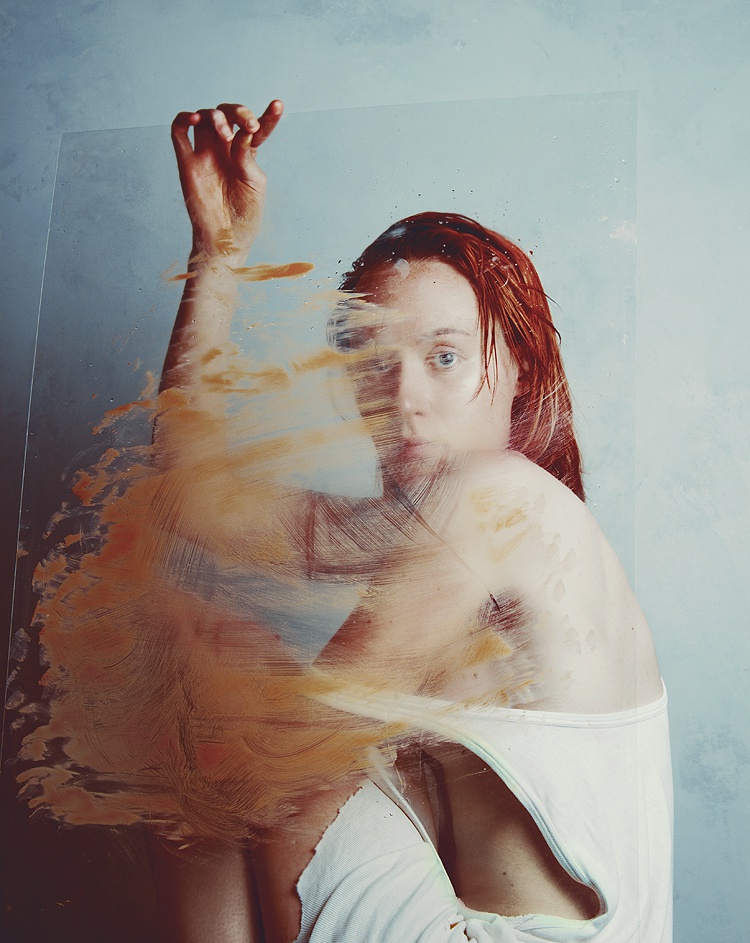
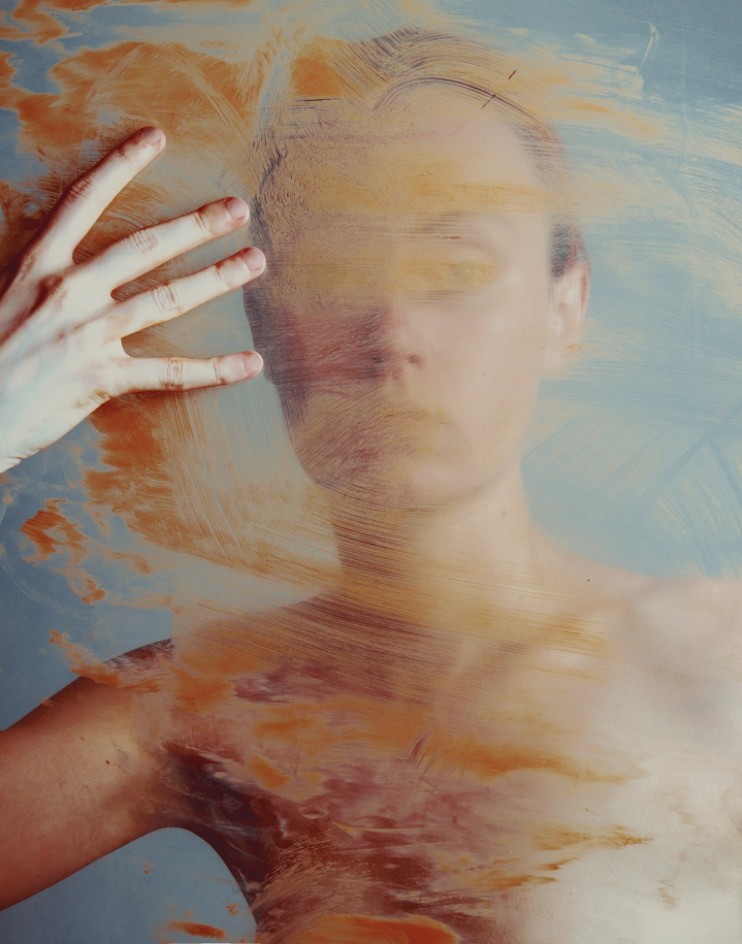
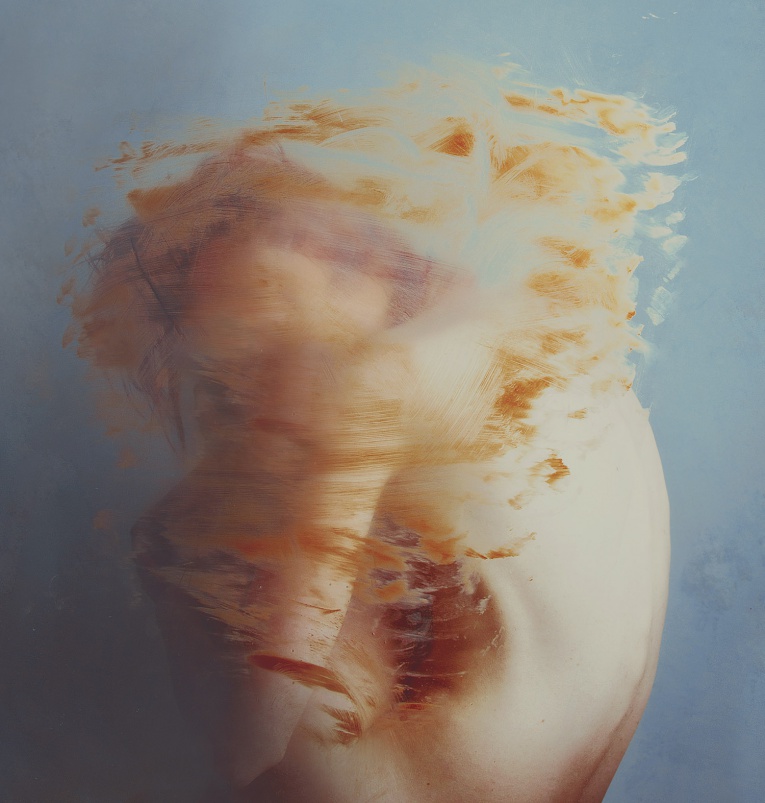
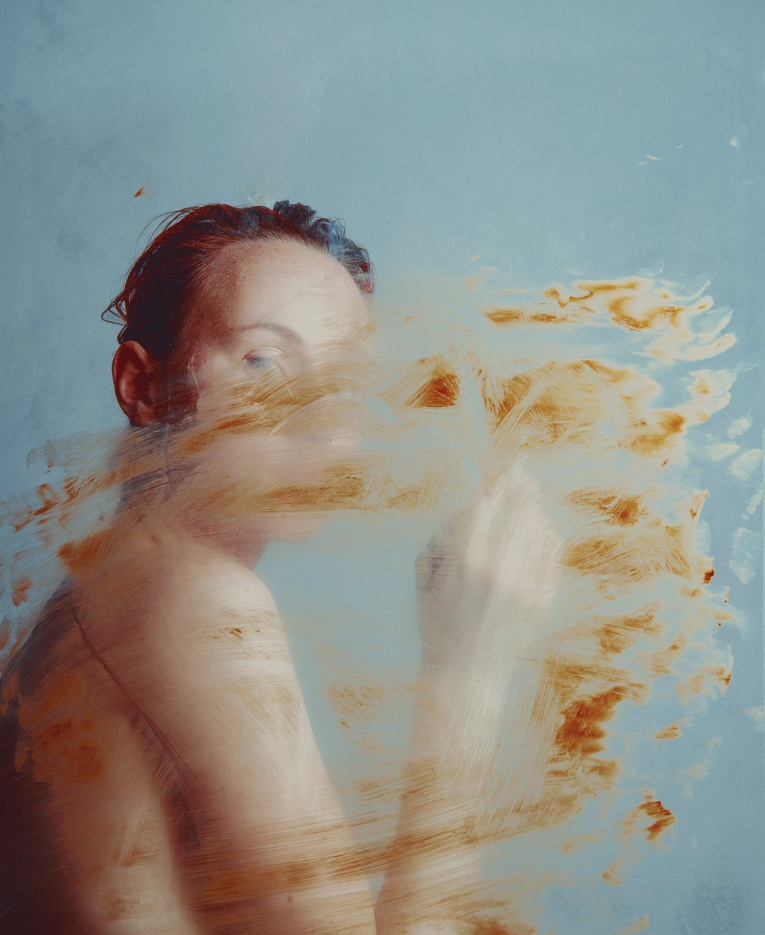
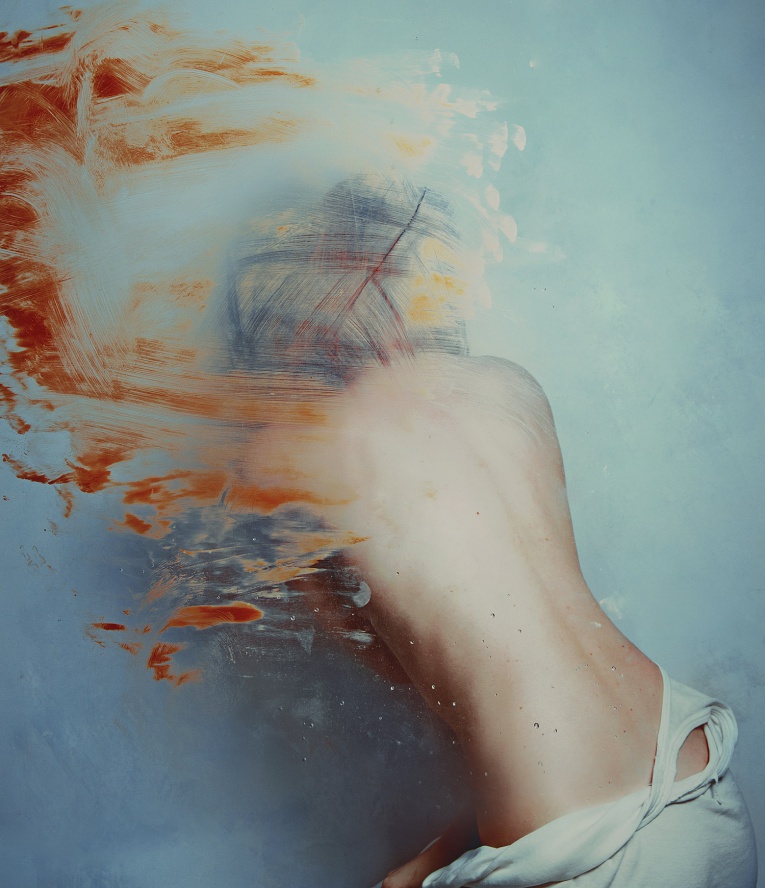
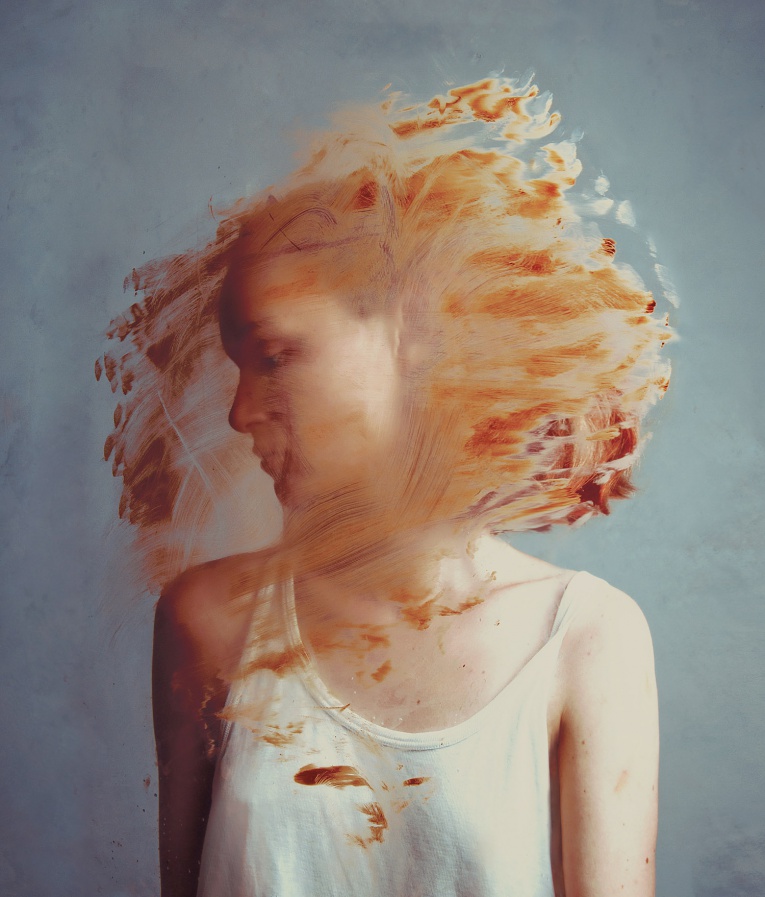
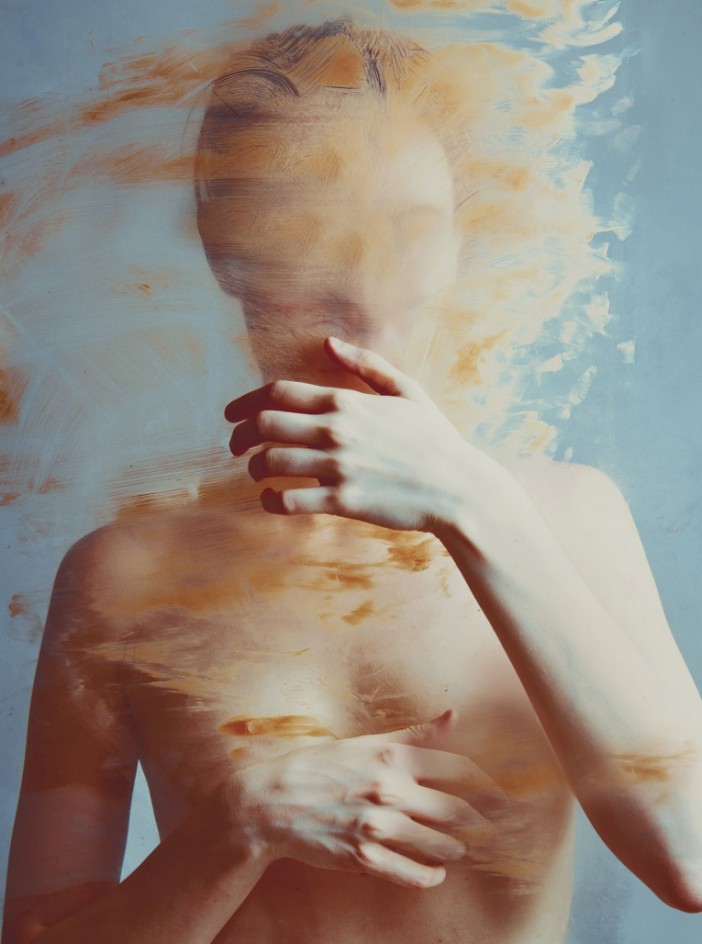

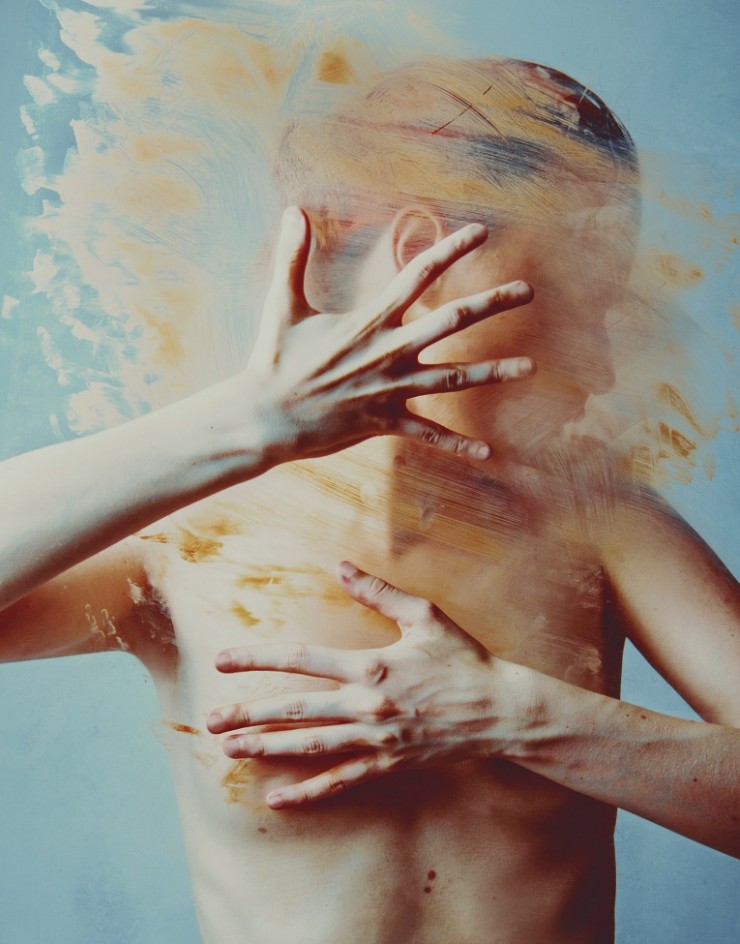
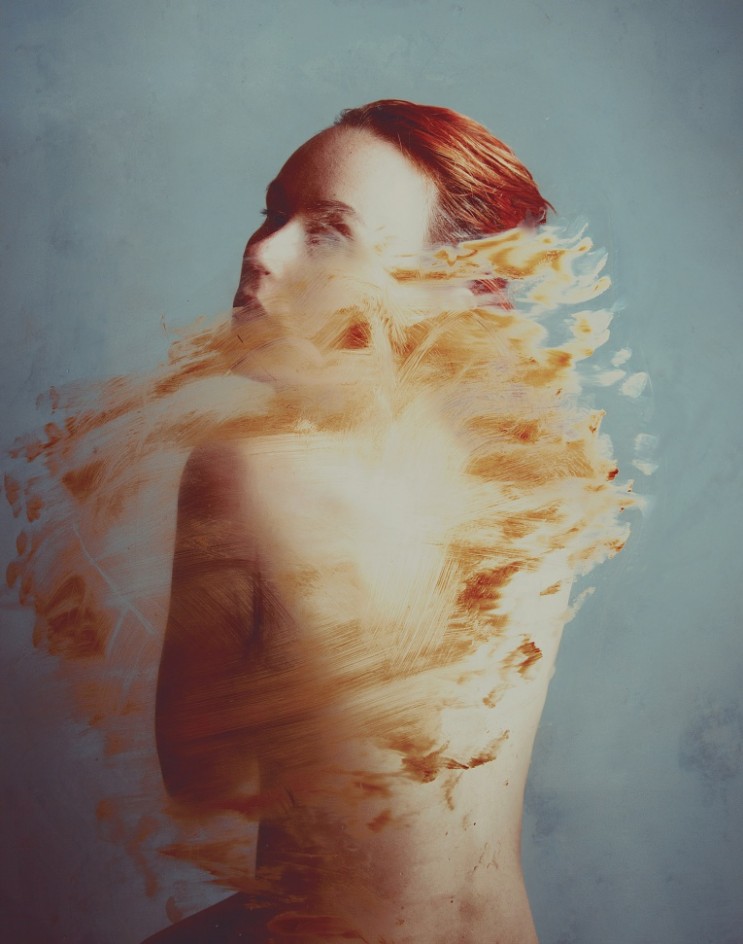
Peter Hapak raised in Hungary, is a versatile photographer based in the US. He works for commercial and editorial clients, but his main focus lies on portraiture and the human body. His latest works for "Variety" cover shows the double-exposure technique in action, looks neat. But to understand the photographer's inner world better check his "The Protester" series made for The Time magazine Cover of the Year 2011. Time had named the Protester as person of the year 2011 and commisioned Hapak to travel to seven different countries to portray the protesters. In countries as Egypt, Spain, Greece and Tunesia he set up a makeshift studio in hotel rooms, anarchist headquarters and even in a temple in India. Peter also asked the portrayed to bring mementos of protest. Amongst the objects brought were Iphones, rubber pellets and Maalox, a substance used to counter the effects of tear gas. Another story he focused on were the Chilean miners that were trapped in 2010 which resulted in a strong series of black and white portraits. Peter has photographed a vast amount of celebrities as Robin Williams, Bono and Colin Firth. via
http://www.youtube.com/watch?v=J7jueTQo9tk









Gábor Balogh is a freelance designer from Hungary who, like many of us, wants an attractive, watch-like watch that just happens to be smart. The difference between Balogh and the rest of us is he went ahead and designed an interface he believes could enable regular watch designs to include a full bevy of smart features. https://www.behance.net/gallery/Smartwatch-Concept/14929833 The actual watch pictured in the mockups is almost incidental, as the concept simply takes the Swedish watchmaker Triwa's Havana timepiece (with the company's permission) and replaces its face with a circular display. This proposal is about interface paradigms, not product design. "In this concept the UI does not have a predefined style," says Balogh, "but it would match the housing. Only the navigational patterns have to be taken into consideration."
Text by The Verge





With an already incredible editorial portfolio shooting for TIME Magazine, Wallpaper* and Spin, Marton Perlaki is also the co-founder and photo director of award-winning magazine The Room.
“I’ve always been keen on capturing everyday reality by transforming it into photographs that suggests a world beyond reality. Most of my work features contrast in some way whilst striving for clarity and simplicity.”
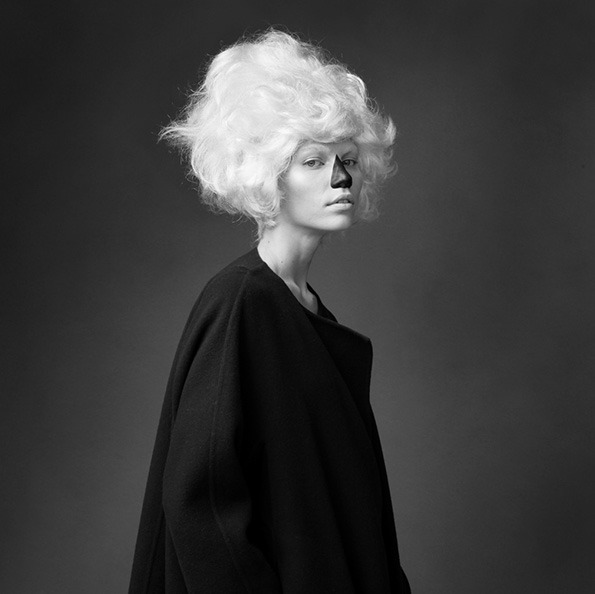
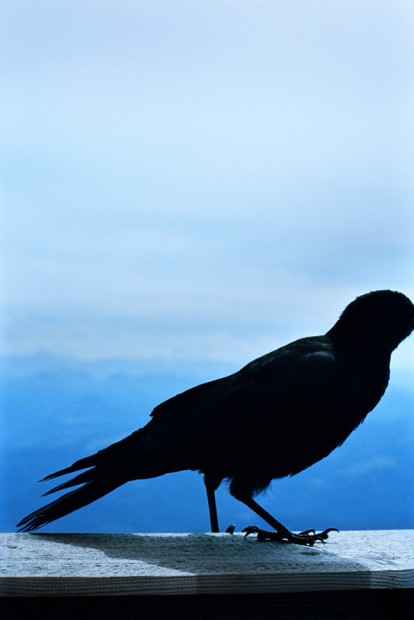
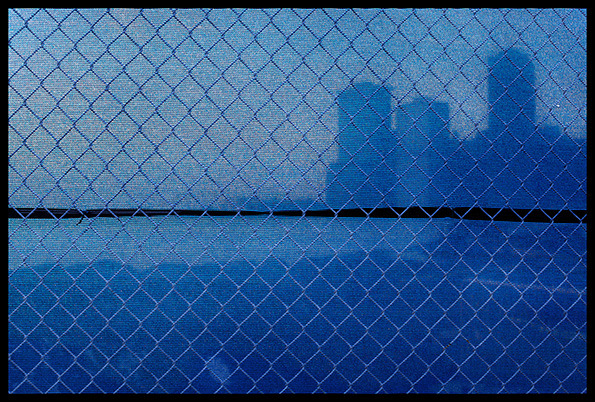
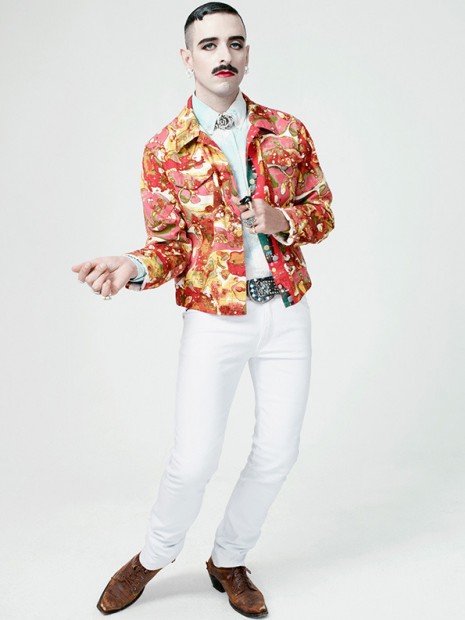


The digital artist and photography manipulator Flora Borsi answers on "What if these abstract models were real people?" question in her distinctive manner www.behance.net/yayuniversal www.facebook.com/floraborsiphotography
